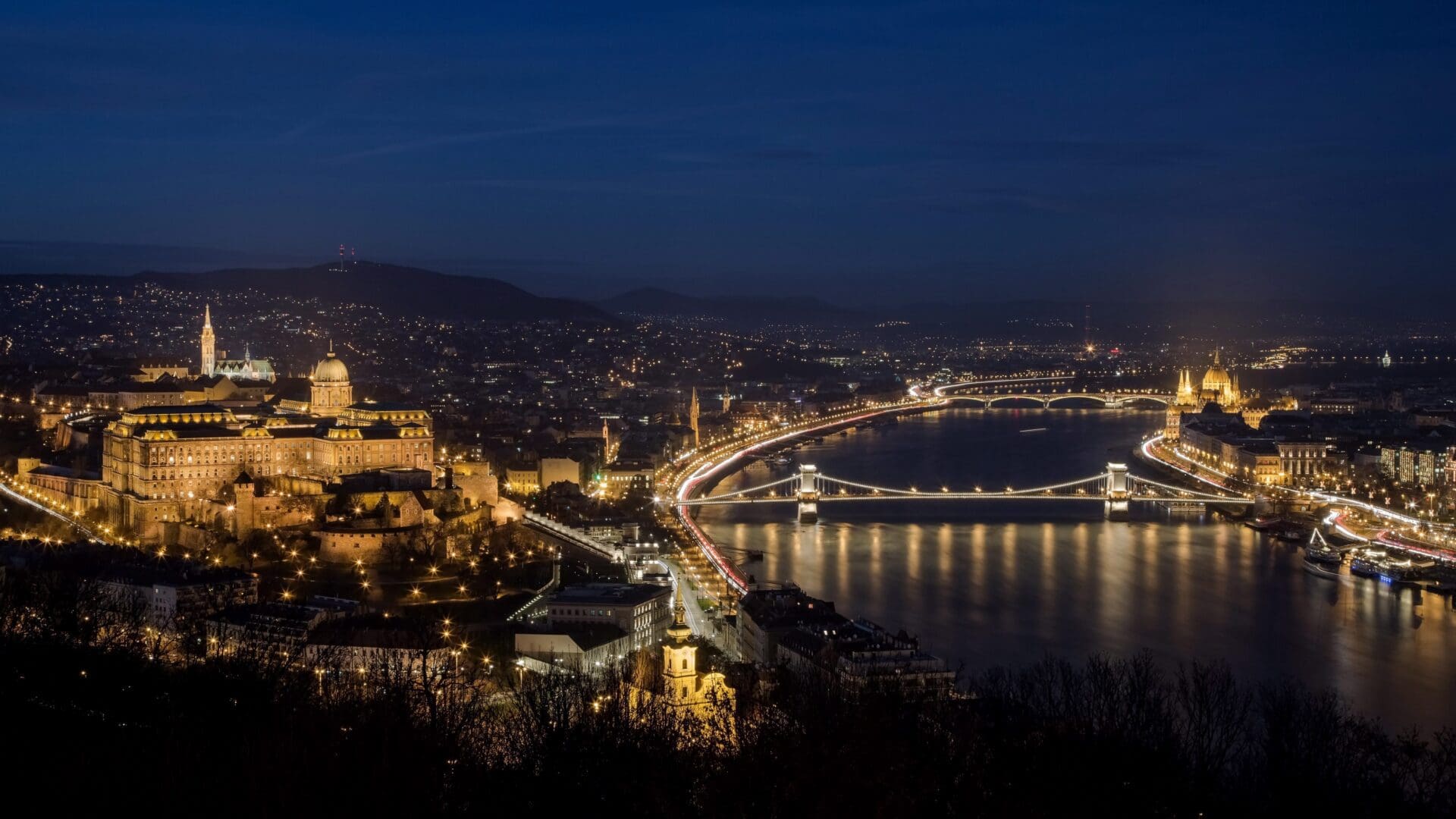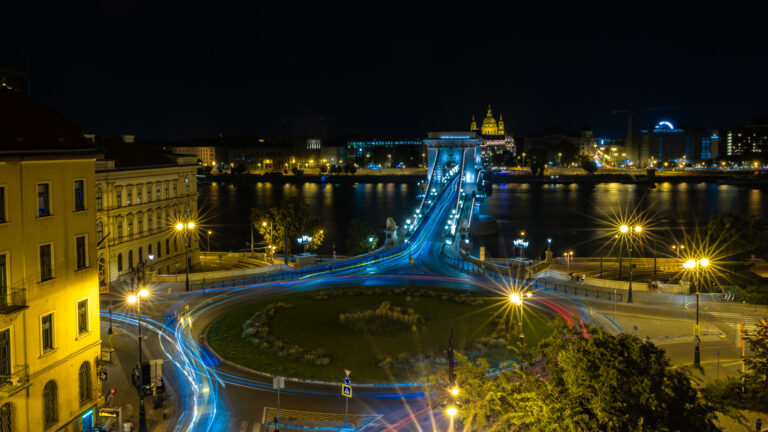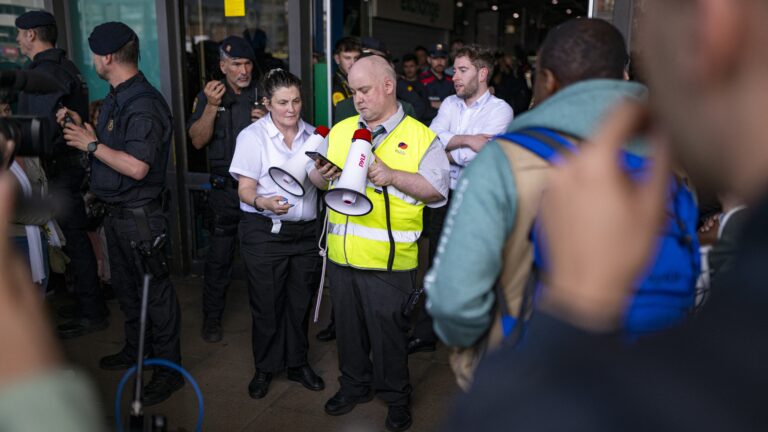When Budapest’s vaunted parliament building was still in the planning phase at the end of the nineteenth century, an international contest was held to determine how this new keystone of the kingdom’s politics would look. Many designs were entered, but Hungarian architect Imre Steindl’s neo-Gothic concept would eventually be realised in the grandeur of the building that still defines Budapest’s skyline over a century later. Its style is unique in the city, which is both intentional and political.
The only neo-gothic design entered
was chosen explicitly to differentiate Hungary’s Parliament building from that of Austria,
which, like most of Budapest, is neo-classical. Thus, in its choice, Hungary declared architectural independence from the Austrian empire and asserted itself as a nation with a unique political and cultural voice.
At least, that’s how Balázs Orbán, the Political Director for Prime Minister Viktor Orbán, tells the story. Anecdotes aside, however, it does present a unique frame of political expression: architecture. Often the ideals of a government or even a nation are encapsulated in the great works they set out to realise.
Indeed, the website for the Hungarian Parliament highlights the very intentional symbolism in their building’s design. ‘The two chambers,’ it notes, ‘are identical in size and layout, a reference to the equality of the Lower House…and the historic Upper House.’ A central dome, ‘the symbol of legislative unity,‘ unites the chambers.[1] The Parliament is a towering testament to political symbolism in Hungary’s architecture, but it is far from the only example.
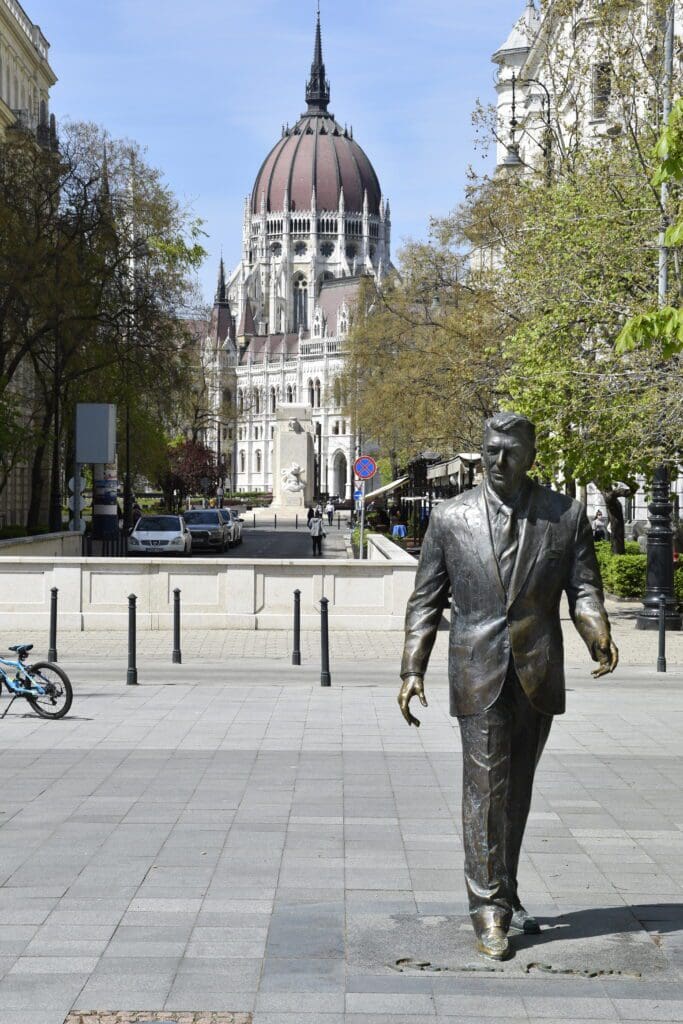
Departing from the banks of the Danube and Budapest’s vibrant city centre, I was met with several examples of ideological architecture that evokes much darker times. In Liberty Square, the Soviet War Memorial still bears a gleaming gold hammer and sickle wreathed in a laurel of wheat. It may be one of the last communist-era monuments standing in the city, but it is not the only scar of communism left in Budapest. Indeed, far removed from the white neoclassical apartments and glass-covered internationalist offices of downtown lies the city’s second history: a very grey history.
I mean this literally. For beyond Budapest’s vibrant old world districts lay rows and rows of monolithic, concrete Soviet-style apartment blocks. Tall, often grey, and utterly devoid of ornamentation, these imposing brutalist structures are so symbolic of the era that there is even a unique Hungarian word for the style of apartment. They call it Panelház (lit. ‘panel house’), after the prefabricated concrete panels used in their construction. While these cheap buildings that were quick and easy to construct were meant to symbolise the socialist ideal of unadorned utility, the result is far more imposing.
Walking between these structures, I was overcome by a sense of muted melancholy and uncanny discomfort in the pit of my stomach. While the majesty of Budapest’s older architecture had me looking up in awe, these buildings seemed to look down on me as I passed. It was so telling that even though these buildings remain occupied, they somehow still felt empty. They are living ghosts of communism’s impact on the region.
Of course, even in the city centre there are more dispersed examples of socialist architecture. After the devastation of World War II, the reconstruction of Budapest was carried out under Soviet occupation and a communist regime, and the future they envisioned is borne by the structures they left behind. Several colleagues of mine from Hungary voiced their opinions on communist reconstruction. They lament that
it was the aim of the occupiers to reshape Hungary from the outside in
and consequently almost every beautiful historic square in the city bears at least one decrepit communist building.
The aim was to impose a new socialist ideology over all of the city’s rich history through architecture. With bitter humour, my colleagues likened it to a dog urinating to mark its territory. Adding insult to injury, many historical buildings in the city were left in ruins by the occupiers, derided as decadent and unnecessary reminders of Hungary’s bourgeois past.
Even later communist projects that aspired to more than just cheap housing still fall short of capturing the spirit of ages before. The tallest high-rise in Hungary before 2022, the Semmelweis University Theoretical Building is a perfect example. Completed in 1978, the building houses Hungary’s largest stained-glass window installation and offers a nearly-unparalleled view of the surrounding city. Nonetheless, this marvel of communist construction is, for all its technical brilliance, still a grey rectangle. When the communist regime fell and Soviet troops departed in the last decade of the twentieth century, Hungary was faced with the daunting task of forging a new democratic path forward, politically and aesthetically.
Under Viktor Orbán’s administration, this
new path has taken shape in the revitalisation of Budapest’s castle district.
Today, the district is alive with construction workers, scaffolding, and cranes. Posters along the work sites show photos of the bombed-out ruins left there after World War II alongside digital renderings of what they will look like once restored. When the Hauszmann Committee was established to oversee the reconstruction, Orbán spoke of the task ahead of them as ‘a great adventure, a mental and intellectual adventure ridden with responsibility’ to ‘recapture’ the lost heritage of Buda Castle.[2]
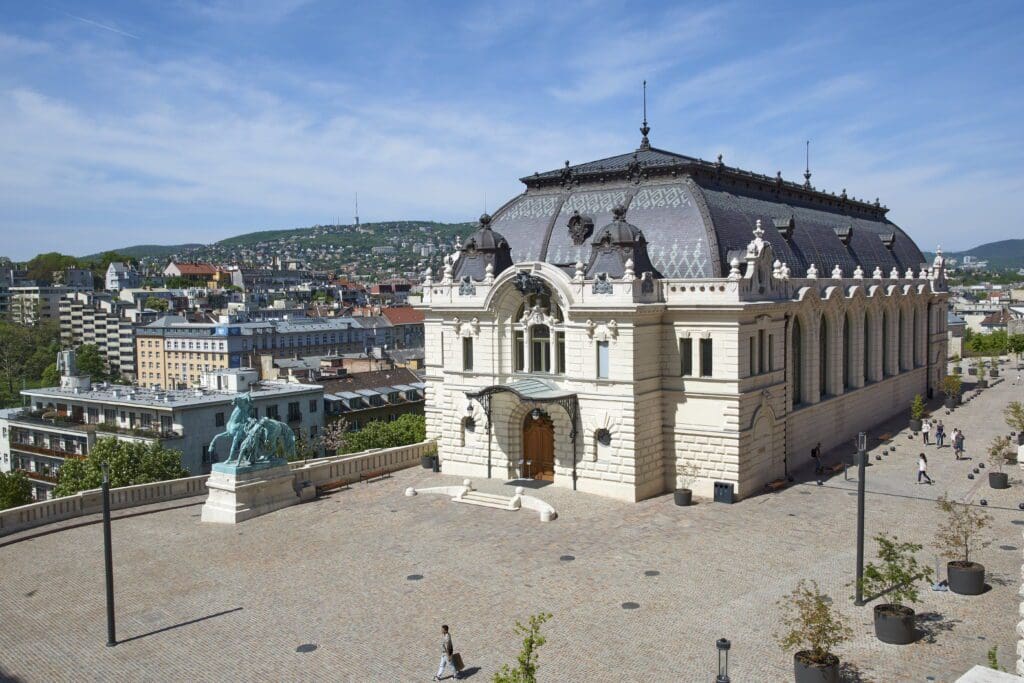
In this light, the effort is no mere historical venture, but a battle to reclaim Budapest’s, and by extension all of Hungary’s lost soul. Indeed, the Prime Minister described the committee exactly to this effect, calling it a veritable ‘war council’.
Like all things, the project has its detractors. Critics have claimed, among other things, that the project is environmentally disruptive, a poor use of public resources, and merely a political vanity stunt. Balázs Orbán, however, rebuffs such criticism. When speaking to him about the project in one of the new executive offices borne of it, he pointed out that the construction is good for tourism, which accounted for some 3.2 per cent of Hungary’s GDP in 2021 despite COVID setbacks and is on track to grow significantly.[3] He also saw symbolic value in the work, as Buda is the traditional seat of the executive branch and the move there symbolises the symbolic restoration of separation of powers. Before moving back to Buda, the Prime Minister’s office was housed in the Parliament.
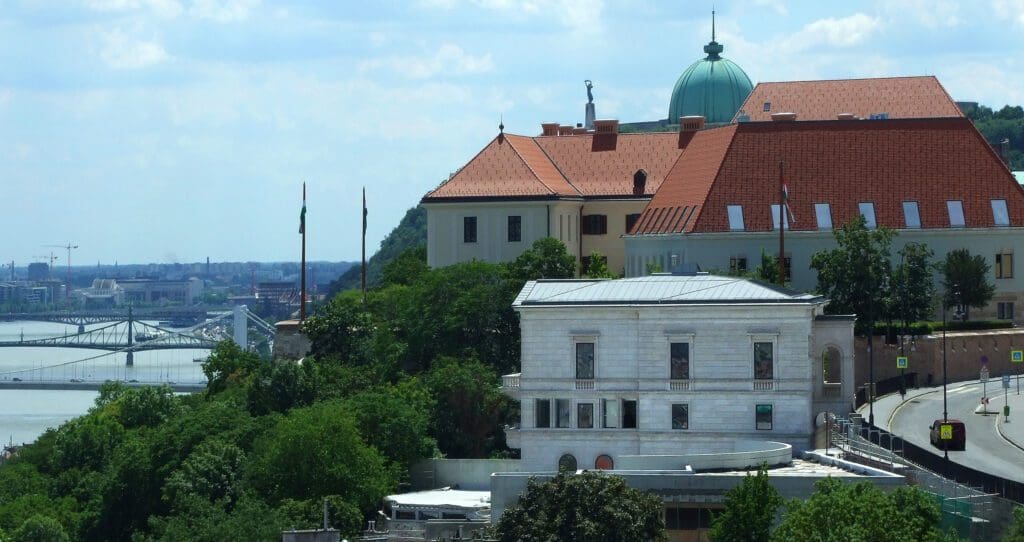
More than this, however,
the project represents a vision that is both cognisant of Hungary’s past and optimistic about its future.
From the outside, the office I visited looked the part of the Carmelite monastery that the building housed at its completion centuries ago. The inside, however, was a breezy modern space both warm and practical. It reminded me of something else that I read about the old Parliament. Upon completion in 1902, it seamlessly balanced an ‘old-fashioned exterior’ housing ‘modern technology’. Indeed, the original heating and cooling system, still in use today, was ultramodern at its debut. Furthermore, the building hosted electric lighting, centrally synchronised clocks, a fire extinguishing system, and ‘a telephone system with 24 extensions’.[4] Walking through the new executive offices, the firstfruits of one of the boldest architectural undertakings in recent history, I couldn’t help thinking that this was the heir to that ideal of balance. This was modernity, Hungarian-style.
The views expressed by our guest authors are theirs and do not necessarily represent the views of Hungarian Conservative.

